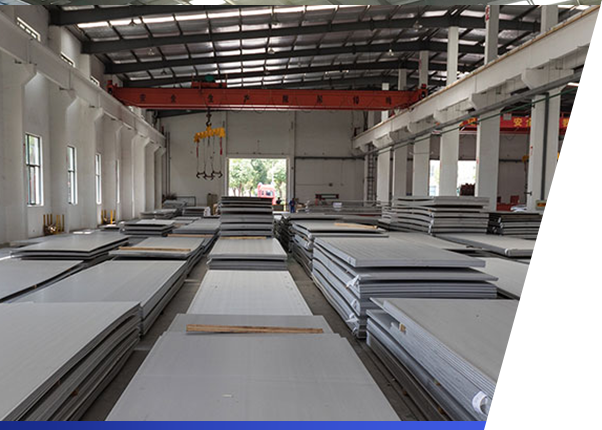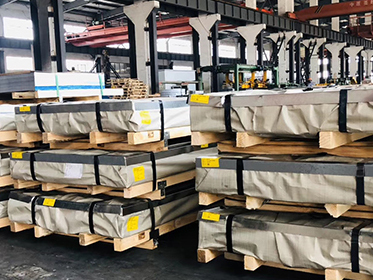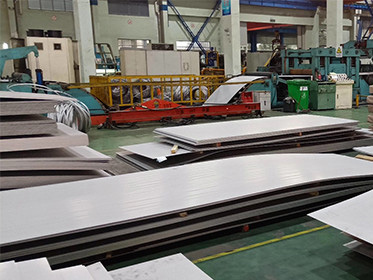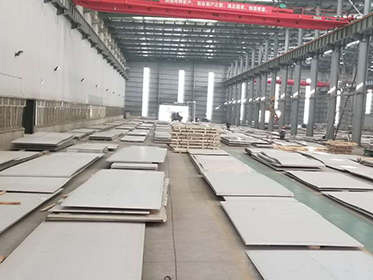



 Specialized
Specialized in product
01
Specialized
Specialized in product
01
 Quality
Safe and durable
02
Quality
Safe and durable
02
 OEM & ODM
The shape of custom
03
OEM & ODM
The shape of custom
03
 Service
First-class service
04
Service
First-class service
04

DIN EN 1.4301 stainless steel (x5crni18-10) is a traditional austenitic stainless steel with good resistance to atmosphe···

Characteristics: due to the addition of Mo, its corrosion resistance, atmospheric corrosion resistance and high-temperat···

No.1 SurfaceProcessing type: hot rolled, annealed, deoxidizedState characteristics: rough, matteMain contents: hot rolle···